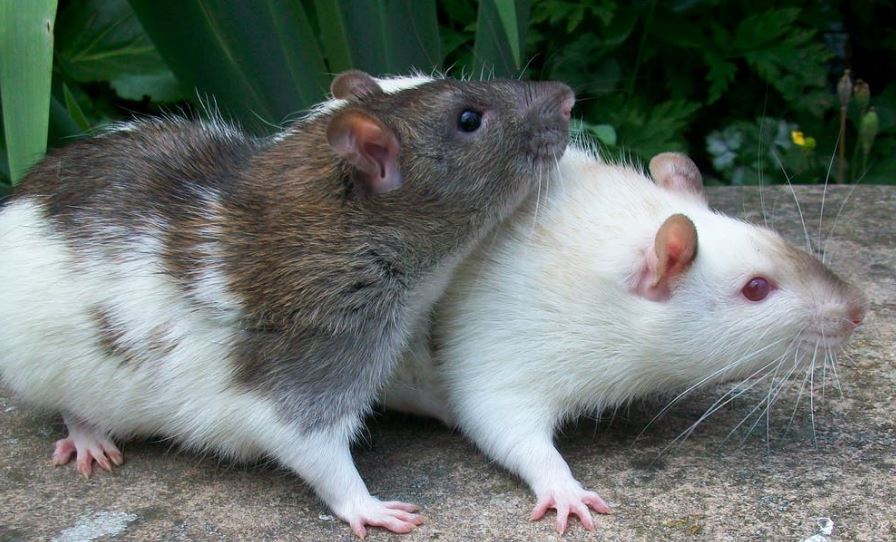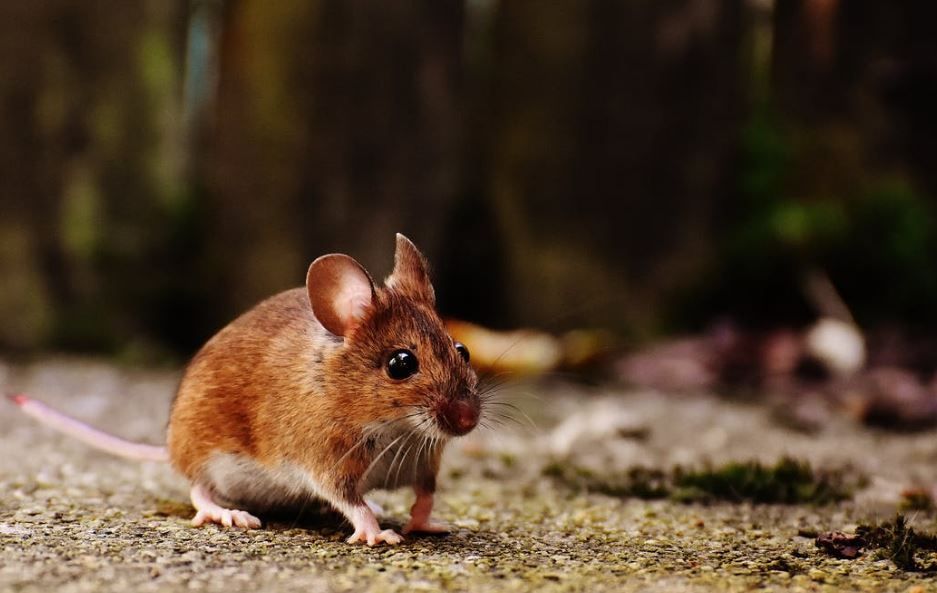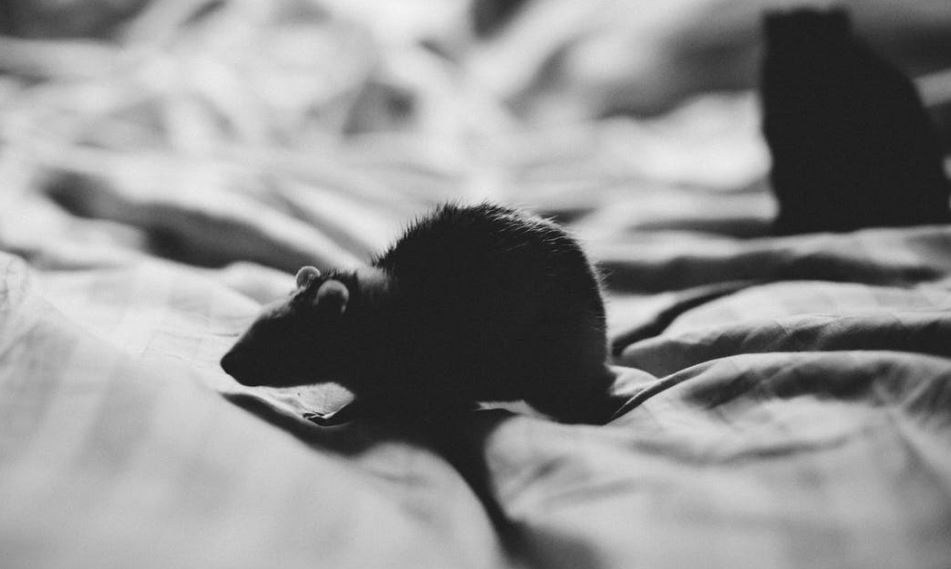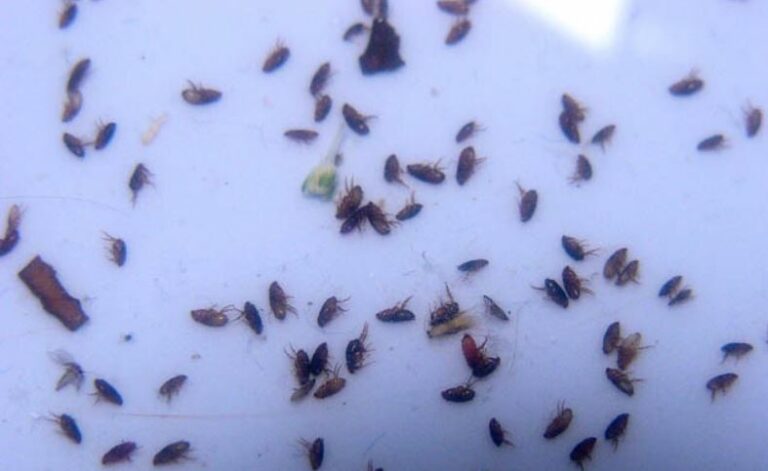Can Rats See in The Dark?
Table of Contents
Most people think that rats are nocturnal because they don’t come out during the day. However, they are actually more active during the day than most people realize.
They sleep most of the time, but they will wake up and eat, play, or groom themselves throughout the day. Most of them prefer to be alone during the day. They are not afraid of light and will get along with most other animals.
Some rats have a natural fear of the dark, but the problem with this is that it can lead to them becoming aggressive towards people and animals who are afraid of the dark.
Rats have poor night vision, so if you have a pet rat, it’s important that you ensure it has a secure cage and a light source at night.
Are All Rats Nocturnal?

Rats have a natural tendency to be nocturnal because their natural habitat is nighttime.
Rats are mostly active at night, so when you keep a rat in a cage, it will naturally sleep during the day and be active at night.
The domestication of rats is often used to control the spread of disease in areas where rodents are common. For example, it is estimated that as many as 80% of all human-transmitted diseases are carried by rats. Rats are also considered a pest, and their populations can be controlled through the use of poisons.
Rats are very active during the day and they are usually not sleeping for a good part of the day. However, when it comes to nighttime, they are mostly sleeping. This is because they are mainly nocturnal.
This means that they are most active at night, when they are awake, and sleeping during the day, when they are asleep.
Can Rats See in The Dark?
Rats are unique creatures that have evolved to be good at exploring and detecting things in their environment. They use their whiskers to explore and detect objects that are near and far.
When they’re first exploring a new place, they’ll tend to walk slowly and cautiously, but once they’re comfortable with the surroundings, they’ll move much faster and more confidently.
Related: Can Fleas Fly?
Rat Eyesight!

It’s interesting to think about how much of what we see around us is actually a reflection of what’s happening behind the scenes. For example, if you look at a person’s eyes and mouth, you can tell if they are happy, sad, or angry.
And it’s the same with color. If you look at a painting and focus on the bright colors, you can usually tell whether the painter was happy or sad when they painted it.
In general, rats see much of the world as a blur, due to the size and number of cones in their eyes. This is why they are not good at detecting contrast, which is a key factor for human beings.
However, rats can perceive ultraviolet light, an important factor for an animal that spends most of its time in the dark.
I created this adaptation for a rat named “Honey” who was born blind. Honey lost her sight in one eye at 3 weeks old. She is the founder of the Rat’s Nest Project.
The project is dedicated to helping blind and visually impaired rats by providing them with adaptations that help them see and navigate.
This is a real eye adaptation, it was discovered in a laboratory in Sweden. Researchers there noticed that when rats had only one eye, they were able to detect objects in the distance more easily.
They also found that the animals’ brains had to work harder to judge the depth of the objects they were seeing.
Rat Smell and Hearing
Rats are great animals. They are smart, social, loyal, and even have a very strong sense of smell. They can detect and avoid predators even at night, using a complex system of communication with other rats.
This includes a rat’s ability to tell when a predator is near by using their sense of smell, and then they’ll know what to do.
The human ear can only perceive frequencies up to around 20, 000 hertz, while rats can hear up to 90, 000 hertz! And as we know, animals are much smarter than humans!
Related: Does Bleach Kill Roaches?
Life in the Wild
As you might expect, domesticated rats are a lot more docile than their wild counterparts. They also have a very different diet than the wild rats, which means that they don’t need to eat as often or as high a volume of food. As a result, domesticated rats have smaller stomachs than their wild cousins.
Cats have a similar eye arrangement, but they also have an ability to focus on objects that are much farther away than rats, and they can even see things that are moving. So, although cats are not prey animals, they are still capable of being good hunters.
In the dark, a rat has to use its eyesight to see predators and prey. To see in the dark, a rat uses what is known as monocular vision. This means that it uses one eye to see the light and another eye to see the dark.
In fact, a rat can see in the dark for up to three seconds before it needs to switch its eyesight to the other eye.


Related: How to Find Bed Bugs During the Day?
Do Rats Like Light or Dark?
Rats are actually quite sensitive to bright light, which can harm their eyes.
In some rodent species, rats prefer darker, or semi-darkened, environments.
Rats and Their Senses.
Rats have whiskers on their face, body, tail, feet, and even their nose. The whiskers are very important for a rat because they help them navigate, and they are the only thing that helps them move about in the dark.
Our brain works in much the same way as that of a rat. The main difference is that our brains are made up of neurons, whereas a rat’s brain is made up of cells called glial cells.
Both neurons and glial cells communicate with each other by releasing neurotransmitters. These chemicals are what transmit messages from one cell to another.
Finding Food – The Role of Rat Vision
Rats have excellent vision, but unlike humans, they can’t distinguish between colors. As a result, they are constantly looking for food, and often don’t even realize that they’ve ingested something that may be poisonous. This is why rats are often found in homes with food that’s been poisoned.
The domesticated rat is not a natural species, it was selectively bred for many generations. As a result, its genetics have been changed.
It has been selectively bred to live in a specific environment, which in turn has affected its behaviour.
Albino Rats.
Rat eyes are smaller than mouse eyes but still have the same number of light receptors.
Their ears are much better than those of rats who are not deaf.
What About Other Rodents? Can Rats See in The Dark? Can Squirrels?
Though they are not as widespread as mice, rats are still common throughout the world. They are found almost everywhere except Antarctica, and in most areas, they live in close proximity to humans.
In fact, rats are often seen in cities and even in homes. Although many people may find them unpleasant, they are actually an important part of the ecosystem.
Diurnal rodents are active during the day. Most of them have good eyesight because they spend most of their waking hours in the daylight.
Diurnal rodents have adapted to spend most of their waking hours in the daylight, and their vision is much better than that of nocturnal rodents.
Rats and mice are nocturnal animals. They are active at night and sleep during the day. However, they have another advantage. They have a higher brain-to-body ratio than humans, which allows them to see better in the dark.
Final Say!
Nocturnal animals, whether wild or living in captivity as pets, are naturally rats. They’re nocturnal animals.
Even though some pet rats will adjust their sleeping habits to fit their owners’ schedule, they will mostly be active at night.
Rats have poor eyesight and are not good at night vision. Nocturnal animals don’t rely on eyesight to navigate the world at night.
I Hope This Guide Will Serve as A Quick Reference. if You Like This Article Hit the Newsletter/subscribe Button to See Our New Posts About and Share It with Your Friends, Also Gives Back Your Feedback if You Like or Dislike Anything in The Comments Section.
Thank You.
Did I Miss Anything?
Now i'd like to hear from you:
Please let me know I miss anything Or Maybe I didn’t mention!







